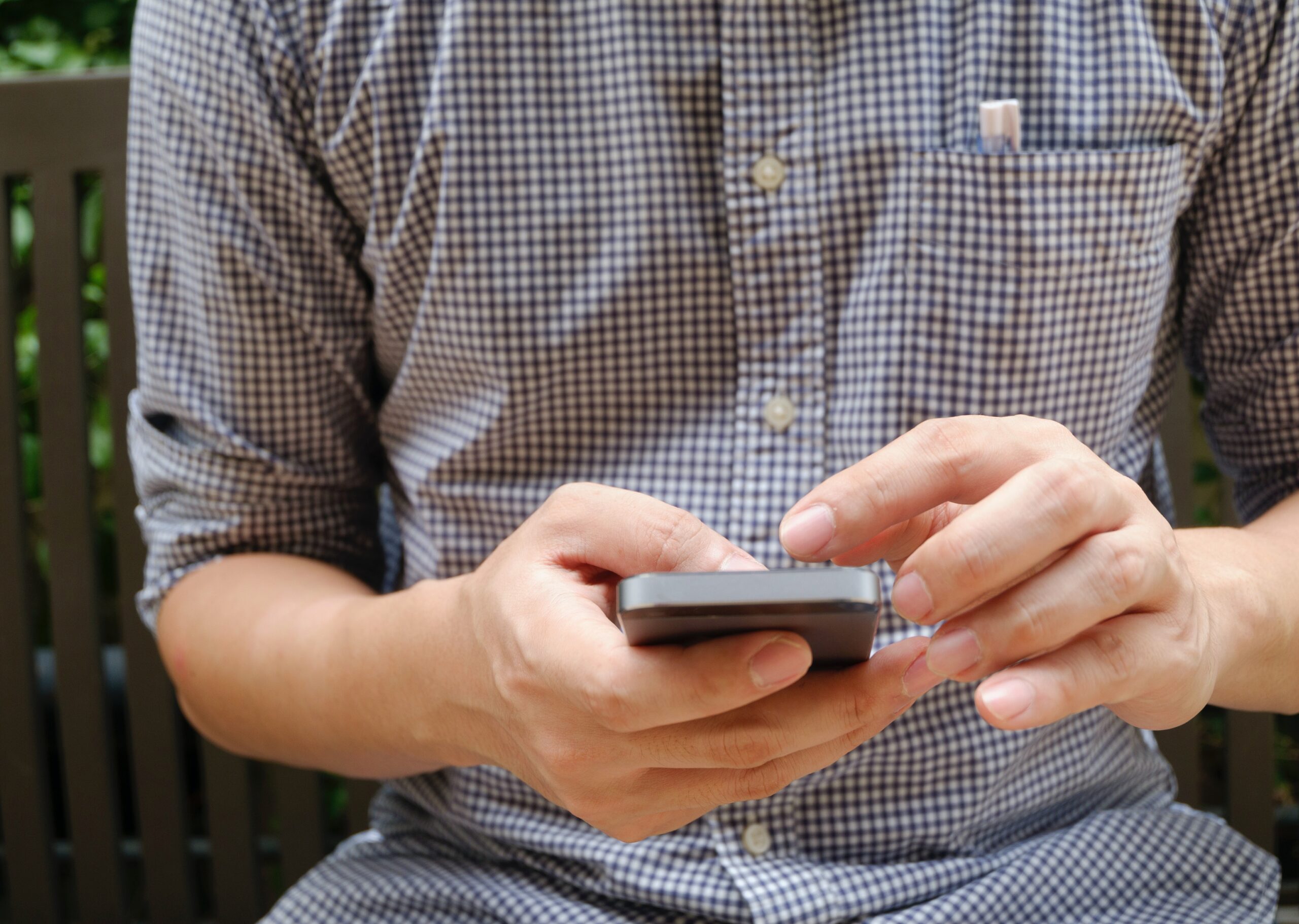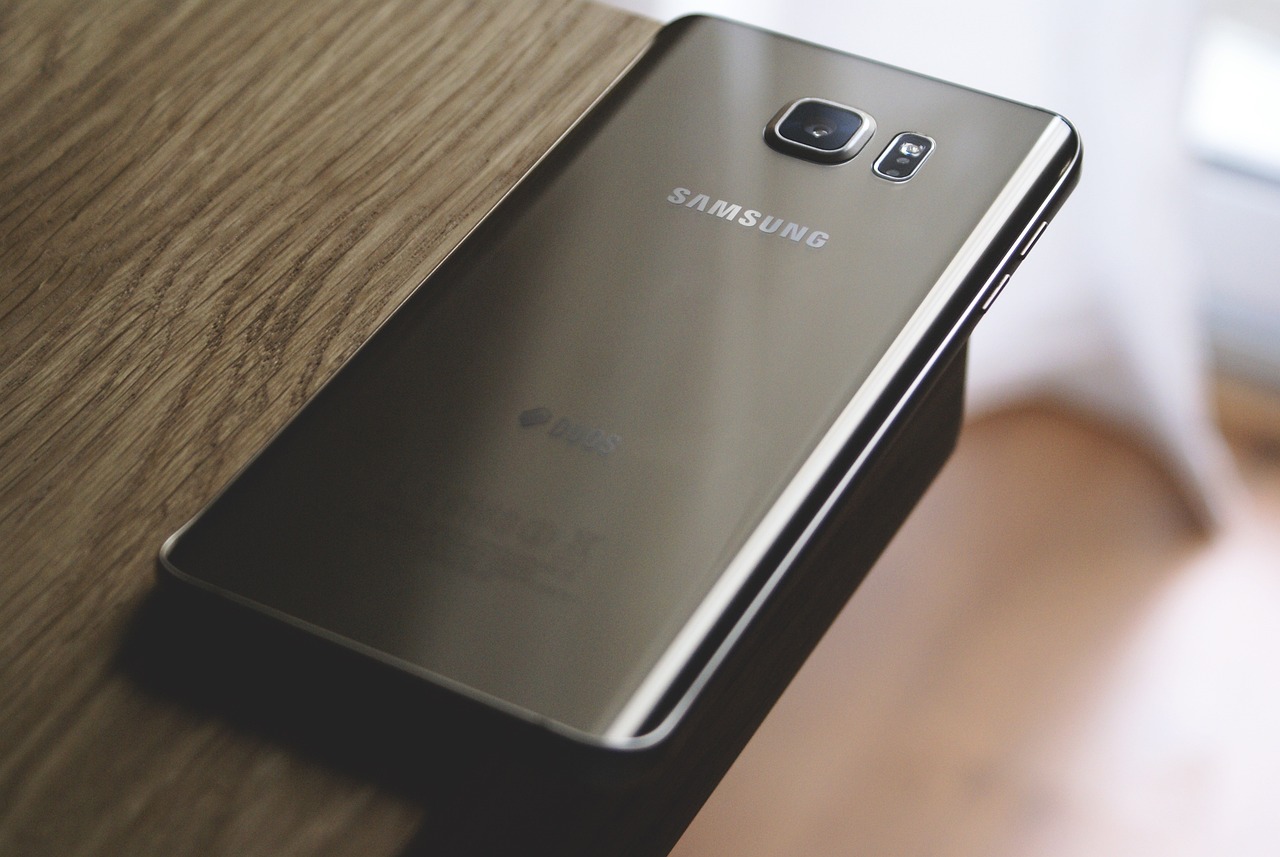The new generation of iPhone brings improvements over its previous model. The main changes are the new charger port and camera resolution.
The iPhone 15 was launched this week, with a look very similar to its predecessor, the iPhone 14, which generated some criticism from users. The new generation, however, leaves the Lightning connector behind, making way for the USB-C standard and adopts Dynamic Island technology, which was previously only seen in the previous generation Pro models.
The new phone has a dual 48 MP camera, superior to the 12 MP of the iPhone 14. Here in Brazil, the phone will cost from R$$7,299, but there is still no forecast for the start of sales. This is expected to happen next month, in October.
The iPhone 14 was announced in the country for a price of R$1,599, but dropped by R$1,000 after the launch of the new generation. On Amazon, the model is being sold for R$1,887. See below a comparison of the two models in terms of features such as screen, design, battery and more.

Screen and design
The look of the new line has received some new features. The new iPhone has left aside the characteristic notch that was a hallmark of devices since the iPhone X, launched in 2017. The new generation has adopted Dynamic Island, a type of pill-shaped “hole” in the center of the screen. This feature was only available on the iPhone 14 Pro and 14 Pro Max.
The cutout makes the most of the space to house information or live activities. When listening to music, the system will make the feature available, indicating that there is media playing. By pressing it, the user can pause the sound, change tracks and more, without having to open the app.
Other features also appear in this area, such as information about AirPods when they are connected or even a timer. Users can also receive alerts from third-party apps to make their daily lives easier.
The 14 and 15 models have the same screen size, which is 6.1 inches. However, the iPhone 15 has a greater use, thanks to Dynamic Island, which uses an area of the panel to bring information to the user.
Otherwise, the two models are practically the same in terms of screen and design. Apple It also kept the body with the cameras arranged in a square module on the back. The colors differ in the two generations.
iPhone 14: midnight, white, red, purple, blue and yellow;
iPhone 15: black, blue, green, yellow and pink, in pastel tones.
Camera
The camera brings one of the biggest changes in the new generation. After years, Apple abandoned the 12 MP of the main camera, bringing a resolution of 48 MP to the new iPhone. According to the manufacturer, the improvement makes it easier to record images with more details and guarantees a 2x optical zoom and up to 10x digital zoom. The front sensor remains at 12 MP in both models.
Performance and storage
The iPhone 15 features the A16 Bionic processor, which has six CPU cores, five GPU cores, and 16 Neural Engine cores. The chip is the same as the one found in the iPhone 14 Pro and Pro Max. Despite remaining the same chip, the component has a faster 40% GPU compared to the chip in the iPhone 12. The processor is newer than the one found in the iPhone 15, the A15 Bionic.
Both phones have the same smooth, lag-free performance. The difference can only be seen when compared to the 15 Pro, which features the Apple A17 Pro. Both generations have storage options of up to 512 GB of memory.
Battery
In this generation, Apple introduces the USB-C standard, leaving aside its proprietary Lightning standard. The battery has not undergone any changes and continues to promise up to 20 hours of video production, up to 16 hours of video streaming and up to 80 hours of audio playback.
According to the manufacturer, users can recharge up to 50% of battery in about 30 minutes with a 20W or higher adapter. The charger needs to be purchased separately.
System version
The new iPhone was announced with the iOS 17, a very recent version of Apple's operating system. It has a customized screen for receiving calls and features NomeDrop, which is a way to exchange contacts by bringing one iPhone closer to another.
The launch is also compatible with 5G and has IP68 certification, ensuring resistance to water and dust.



